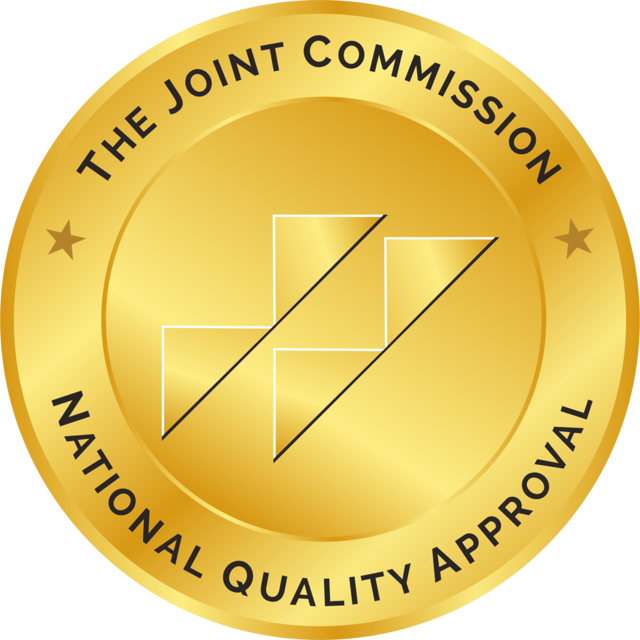
Specialty Care
Infusion treatments, whether at home, in a healthcare clinic or other non-hospital setting, require highly trained Specialty Care nursing and pharmacy support. Trust becomes essential for these higher-risk infusion therapies that require ongoing care.

Clinical Nutrition
Nutrition plays an essential role in sustaining quality of life for those who require care for complex conditions. Pentec Health provides personalized clinical nutrition solutions and superior community-based care.

Disease States
Managing the multifaceted needs for a variety of conditions requiring clinical nutrition and specialty care therapies, services and products. This includes patients with kidney disease, kidney failure, chronic, non-healing wounds, gastrointestinal conditions, rare metabolic disorders, chronic pain, muscle spasticity or cancer within or that has metastasized in the liver.

Continuing Education
By leveraging decades of clinical expertise, we are able to successfully demonstrate our industry leadership through webinars, speaker programs and research studies. We take pride in sharing valuable insights that enhance clinician education and practice.

Patient Resources
We are committed to supporting patients by empowering them with knowledge and resources needed to navigate their healthcare journey with confidence.

Pentec Health
Pentec Health is a national leader in clinical nutrition and specialty care integrating pharmacy services with clinical excellence to enhance the complex care journey.

How to Add More Protein to Your Renal Diet
Diet and nutrition are a crucial part of a dialysis patient’s everyday life. When you are on dialysis, your protein intake must increase. Most dialysis patients need more protein than the average person. Maintaining adequate protein can help you stay energized and possibly even decrease your chances of being sick or hospitalized. Unfortunately, some of the side effects of the dialysis are lack of appetite, an unsettled stomach, vomiting, and loose stools. 1 These issues can cause you to lose protein, making protein intake even more difficult.
What Types of Proteins Are Essential for People Receiving Dialysis?
There are two types of protein, animal and plant-based proteins. These protein sources are important to eat every day. Sources of animal proteins include meat, poultry, pork, fish, and eggs. Dairy products are also considered a protein source, such as milk, cheese, and yogurt. Plant-based protein sources include soy, peas, brown rice, chickpeas, and beans. Some plant-based proteins and processed animal proteins may be higher in potassium, phosphorus, and sodium. 2 Your kidney dietitian can help with your diet.
What Are Other Sources of Protein?
Traditional sources of protein include meat, poultry, fish, beans, lentils, nuts, and eggs. 3 But what other foods are sources of protein? We compiled a list of 15 unique protein foods. Keep in mind that not all of these foods will fit into everyone’s diet, so consult your kidney dietitian first.
15 Unique Protein Foods
- Plant-Based Veggie Burgers: Some plant-based burgers provide between 2 grams and 28 grams of protein. Refer to the nutritional information on the box for specifics. 5-6
- Tofu: Also known as soybean curd, tofu provides about 22 grams of protein per half cup. 21-22
- Edamame: This immature green soybean contains 18 grams of protein per cup. 20
- Lentils: One cup is equal to 17 grams of protein. 8
- Hemp Seeds: Many are unaware of the benefits of hemp seeds, but they have picked up a tremendous following in the past ten years. The most popular way to consume these is sprinkling over top of salads, yogurt, or blending in with shakes. One-fourth cup of hemp seeds is equal to 13 grams of protein. 9
- Kamut: This is an ancient whole grain that has emerged again in the style of the organic and natural diet. This nutty-tasting grain is usually cooked whole or made into flour. The Kamut flour is a source of protein, fiber, and nutrients. 10 One cup of cooked Kamut has 11 grams of protein. 11
- Parmesan Cheese: This hard cheese has 10 grams of protein in just 4 tablespoons. 12
- Pumpkin Seeds: Pumpkin seeds, or pepitas, have 9 grams of protein in 2 ounces. 13
- Quinoa and Peas: Both of these have 8 grams of protein per 1 cooked cup. 14
- Soybeans: 1 cup of cooked soybeans have 8 grams of protein. 7
- Seitan (pronounced say-tan): This is a plant-based meat substitute that mimics the flavor and texture of chicken. It can be used in various ways and absorbs flavors. About 3 pieces of seitan have 7 grams of protein. 15
- Soba Noodles: These Japanese noodles have 6 grams of protein per cup. 16
- Spinach: This leafy green is a source of protein with 5 grams in 1 cup cooked. 17
- Artichoke Hearts: The core of an artichoke has 5 grams of protein per cup. 19
- Spirulina (pronounced spee-ruh-lee-nuh): This alga has 4 grams of protein per 1 tablespoon. 18
Again, all of the above foods are sources of protein and are found at most major grocery stores. The serving amounts above are the ingredients alone and do not account for cooking style or added ingredients. If curious on the nutrients that our found in the food you are eating, check out the USDA food data central. On this site you can search foods and find out the nutrient breakdowns per measurements. 23
Protein is an important part of the kidney diet. If you are still struggling to maintain adequate protein or albumin levels, you may want to talk to your healthcare provider about other options. If you are unable to meet your protein goals through diet and supplements, options are available. Please talk with your health care team about other options to supplement your protein needs.
References:
- https://propletestrong.com/dialysis-and-nutrition/
- https://www.niddk.nih.gov/health-information/kidney-disease/kidney-failure/hemodialysis/eating-nutrition
- https://www.davita.com/diet-nutrition/articles/advice/15-kidney-friendly-protein-foods-for-keeping-albumin-up
- https://greatist.com/eat/high-protein-foods-that-are-unexpected#1
- https://www.verywellfit.com/veggie-burger-nutrition-facts-and-health-benefits-5084558
- https://www.plantproteins.co/healthiest-veggie-burger-bad-for-health/
- https://nal.usda.gov/sites/www.nal.usda.gov/files/protein.pdf
- https://fdc.nal.usda.gov/fdc-app.html#/food-details/175254/nutrients
- https://www.medicalnewstoday.com/articles/323037
- https://www.tasteofhome.com/article/what-is-kamut/
- https://www.kamut.com/en/health/nutrition
- https://fdc.nal.usda.gov/fdc-app.html#/food-details/325036/nutrients
- https://nal.usda.gov/sites/www.nal.usda.gov/files/protein.pdf
- https://www.muscleandfitness.com/nutrition/gain-mass/10-underrated-protein-sources/
- https://fdc.nal.usda.gov/fdc-app.html#/food-details/1102589/nutrients
- https://nal.usda.gov/sites/www.nal.usda.gov/files/protein.pdf
- https://nal.usda.gov/sites/www.nal.usda.gov/files/protein.pdf
- https://fdc.nal.usda.gov/fdc-app.html#/food-details/170495/nutrients
- https://fdc.nal.usda.gov/fdc-app.html#/food-details/1103414/nutrients
- https://fdc.nal.usda.gov/fdc-app.html#/food-details/1100450/nutrients
- https://www.nal.usda.gov/legacy/fnic/what-are-benefits-tofu
- https://fdc.nal.usda.gov/fdc-app.html#/food-details/172475/nutrients
- https://fdc.nal.usda.gov/fdc-app.html#/

Proudly Quality Accredited
National Quality Approval
The Joint Commission

Accredited Practice Transition
Program With Distinction
American Nurses Credentialing Center
By using this website you accept our privacy policy. Choose the browser data you consent to allow:
